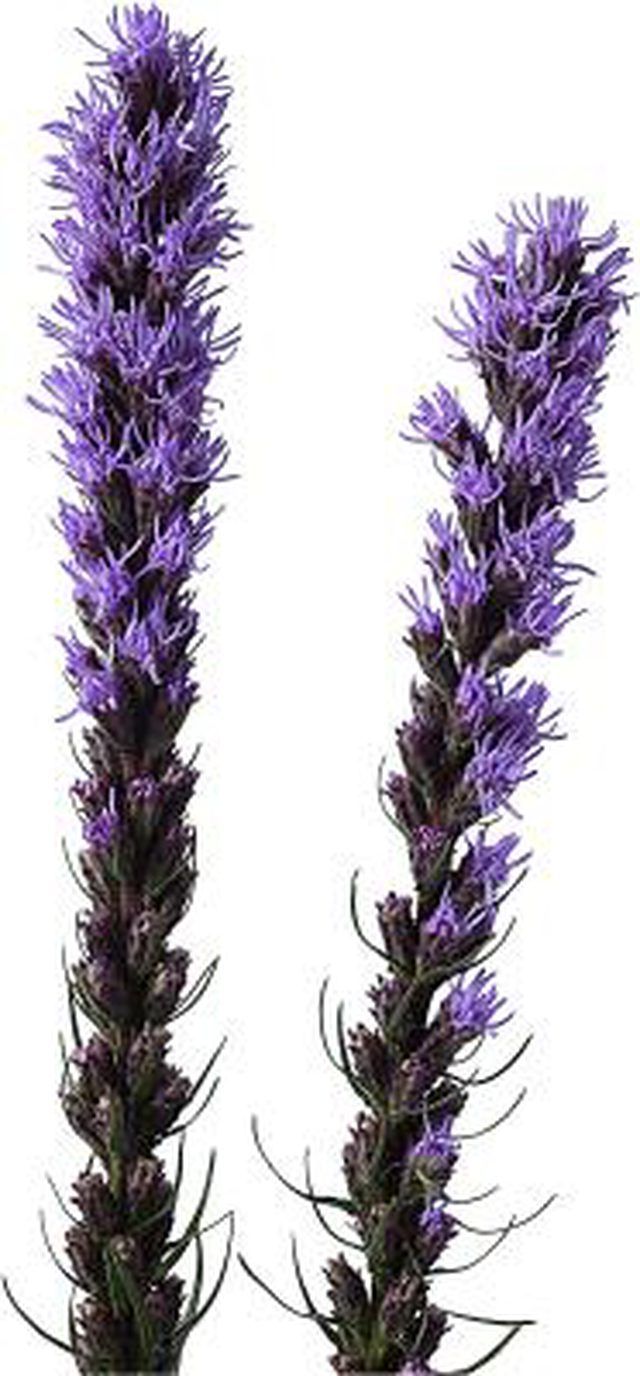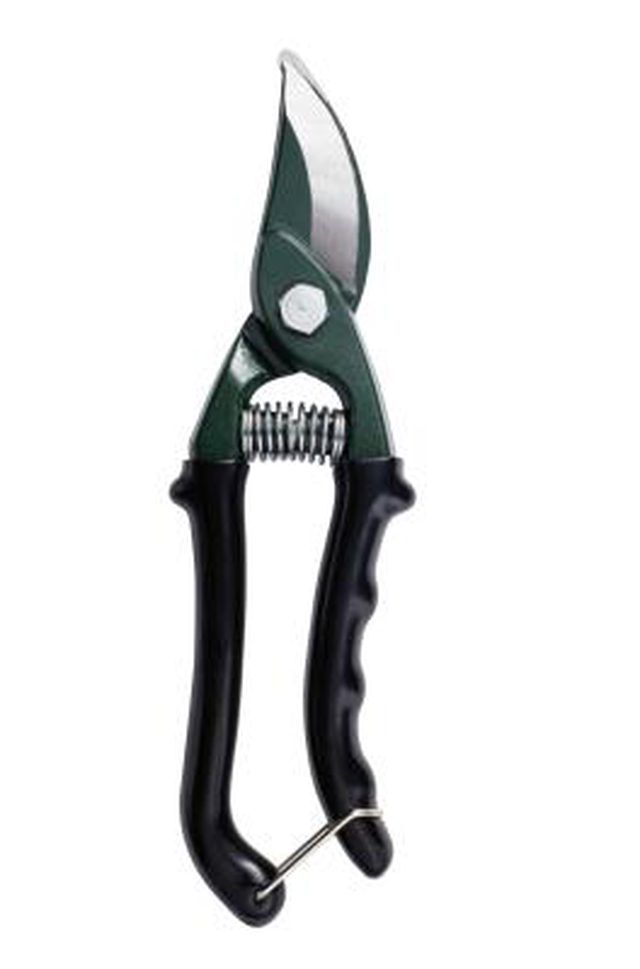Bulbs
Flower Basics
Flower Beds & Specialty Gardens
Flower Garden
Garden Furniture
Garden Gnomes
Garden Seeds
Garden Sheds
Garden Statues
Garden Tools & Supplies
Gardening Basics
Green & Organic
Groundcovers & Vines
Growing Annuals
Growing Basil
Growing Beans
Growing Berries
Growing Blueberries
Growing Cactus
Growing Corn
Growing Cotton
Growing Edibles
Growing Flowers
Growing Garlic
Growing Grapes
Growing Grass
Growing Herbs
Growing Jasmine
Growing Mint
Growing Mushrooms
Orchids
Growing Peanuts
Growing Perennials
Growing Plants
Growing Rosemary
Growing Roses
Growing Strawberries
Growing Sunflowers
Growing Thyme
Growing Tomatoes
Growing Tulips
Growing Vegetables
Herb Basics
Herb Garden
Indoor Growing
Landscaping Basics
Landscaping Patios
Landscaping Plants
Landscaping Shrubs
Landscaping Trees
Landscaping Walks & Pathways
Lawn Basics
Lawn Maintenance
Lawn Mowers
Lawn Ornaments
Lawn Planting
Lawn Tools
Outdoor Growing
Overall Landscape Planning
Pests, Weeds & Problems
Plant Basics
Rock Garden
Rose Garden
Shrubs
Soil
Specialty Gardens
Trees
Vegetable Garden
Yard Maintenance
How to Transplant Liatris Elegans
How to Transplant Liatris Elegans. Liatris elegans, one of the many species of blazing star, adds a little zip to the garden with its tall spikes of purple flowers in summer and early fall. A bit more tender than many liatris species, L. elegans does best in U.S. Department of Agriculture plant hardiness zones 7 to 9. Growing from corms -- small,...

Liatris elegans, one of the many species of blazing star, adds a little zip to the garden with its tall spikes of purple flowers in summer and early fall. A bit more tender than many liatris species, L. elegans does best in U.S. Department of Agriculture plant hardiness zones 7 to 9. Growing from corms -- small, flat bulbs -- this North American native can be transplanted in spring.
Things You'll Need
Shovel
Pruning shears
Compost
Mulch
Dig a hole about 4 inches deep with a garden trowel or shovel. Liatris is not picky about soil, but it should be well drained. Improve clay and other hard soils by mixing compost or soil conditioner into the bottom of the hole.
Cut to the ground any stems remaining from the previous year and clear debris from the site.

Dig around and under a group of blazing star so you have a clump with the roots intact. If you want smaller clumps, break it apart with your hands or a trowel. Keep as much soil on the clumps as possible.
Transplant each clump to a new hole so that the soil level remains the same as in the old location.
Backfill the hole with the amended, excavated soil. Tamp gently with your hands.
Water thoroughly to settle the soil and cover the planting area with an inch of mulch to conserve moisture. Water for a few months until the clumps are established.
Clean up the site by moving the excess soil from the new site to the old planting hole.
Tips & Warnings
All liatris prefer full sun and well-drained soil.
Liatris is a sturdy, fuss-free perennial. It is drought-tolerant and nearly problem-free. It also requires little or no fertilization.
The same procedures apply if you are transplanting from containers.